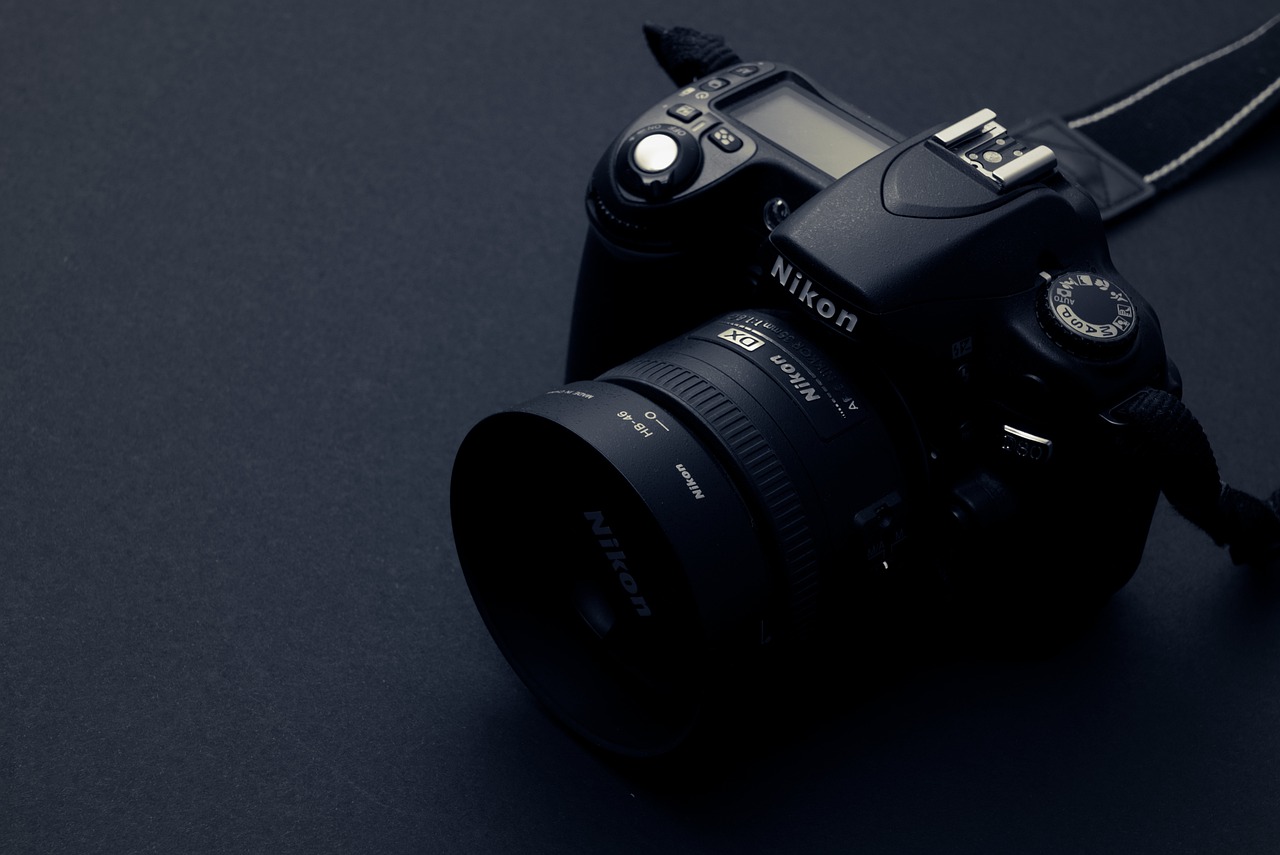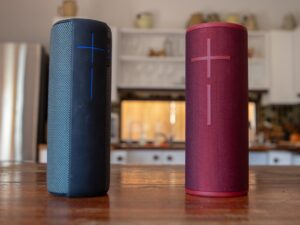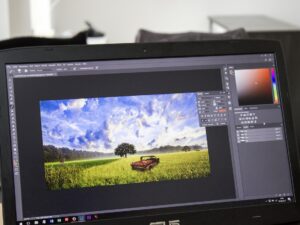Choosing the right DSLR camera can be daunting with the plethora of options available. Among the top contenders are the Canon EOS R6, Nikon Z6 II, and Sony A7 III. Each of these cameras has its unique strengths and features, making them suitable for different types of photographers. This article provides an in-depth comparison of these three models to help you make an informed decision.
Canon EOS R6
Overview: The Canon EOS R6 is a powerful full-frame mirrorless camera designed for both enthusiasts and professionals. It boasts impressive features that make it suitable for a wide range of photography styles, including sports, wildlife, and portrait photography.
Key Features:
- Sensor: 20.1 MP Full-Frame CMOS sensor
- Autofocus: Dual Pixel CMOS AF II with 1,053 AF points
- ISO Range: 100-102,400 (expandable to 204,800)
- Continuous Shooting: Up to 20 fps with electronic shutter
- Video Recording: 4K up to 60p
- Image Stabilization: In-body 5-axis image stabilization
- Viewfinder: 3.69-million-dot OLED electronic viewfinder
Pros:
- Exceptional autofocus performance.
- High-speed continuous shooting.
- Superior image stabilization.
- Excellent low-light performance.
Cons:
- Relatively lower resolution compared to some competitors.
- No top LCD panel.
Best For:
- Sports and wildlife photographers.
- Videographers needing high-quality 4K recording.
- Photographers seeking excellent autofocus and stabilization.
Nikon Z6 II
Overview: The Nikon Z6 II is an upgrade to the popular Z6, offering enhanced features and performance. This full-frame mirrorless camera is versatile, making it ideal for various types of photography and videography.
Key Features:
- Sensor: 24.5 MP Full-Frame BSI CMOS sensor
- Autofocus: Hybrid AF with 273 AF points
- ISO Range: 100-51,200 (expandable to 204,800)
- Continuous Shooting: Up to 14 fps
- Video Recording: 4K UHD up to 60p
- Image Stabilization: In-body 5-axis VR stabilization
- Viewfinder: 3.69-million-dot OLED electronic viewfinder
Pros:
- High-quality build and ergonomics.
- Dual card slots (CFexpress and SD).
- Robust video capabilities.
- Effective in-body stabilization.
Cons:
- Autofocus not as advanced as some competitors.
- Menu system can be complex for beginners.
Best For:
- Professional photographers and videographers.
- Event and portrait photographers.
- Users needing a durable and reliable camera.
Sony A7 III
Overview: The Sony A7 III is a highly regarded full-frame mirrorless camera that balances performance, features, and price. It is known for its versatile capabilities, making it a favorite among many photographers and videographers.
Key Features:
- Sensor: 24.2 MP Full-Frame Exmor R BSI CMOS sensor
- Autofocus: Fast Hybrid AF with 693 phase-detection and 425 contrast-detection points
- ISO Range: 100-51,200 (expandable to 204,800)
- Continuous Shooting: Up to 10 fps
- Video Recording: 4K HDR up to 30p
- Image Stabilization: 5-axis SteadyShot INSIDE stabilization
- Viewfinder: 2.36-million-dot OLED electronic viewfinder
Pros:
- Excellent image quality and dynamic range.
- Advanced and reliable autofocus system.
- Good battery life.
- Compact and lightweight design.
Cons:
- Lower resolution viewfinder compared to competitors.
- Limited touchscreen functionality.
Best For:
- Travel and street photographers.
- Videographers needing reliable 4K capabilities.
- Enthusiasts looking for a balance of features and price.
Comparison Summary
When comparing the Canon EOS R6, Nikon Z6 II, and Sony A7 III, several factors stand out:
- Autofocus and Speed: The Canon EOS R6 leads with its Dual Pixel CMOS AF II and 20 fps continuous shooting, making it ideal for action and wildlife photography.
- Resolution and Ergonomics: The Nikon Z6 II offers a slightly higher resolution and robust build quality, with dual card slots for added convenience.
- Versatility and Value: The Sony A7 III strikes a balance between performance and price, with excellent autofocus, image quality, and a compact design.
Conclusion
Selecting the best DSLR camera depends on your specific needs and preferences. The Canon EOS R6 is perfect for those needing top-notch autofocus and speed, the Nikon Z6 II is a solid choice for professionals seeking durability and high-quality performance, and the Sony A7 III offers a versatile and cost-effective option for a wide range of photography and videography needs. Each of these cameras excels in different areas, so consider what features are most important to you when making your decision.
By understanding the strengths and weaknesses of each camera, you can choose the one that best suits your photography style and requirements. Happy shooting!




